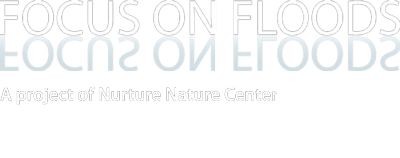The majority of research conducted on studying the effectiveness of flood warning systems is on official warning systems. However, people use unofficial warning systems inherently when making decisions. This paper examines the widespread use of unofficial flood warnings and the critical need of merging unofficial with official systems. The authors describe in detail the components that make up unofficial warning systems including local knowledge and personal networks. Personal networks allow for people to seek confirmation before responding to a hazard, which is an inherent behavior during dangerous situations. The authors stress that personal networks (whether through kinship or friendship) are a social idea not a spatial idea; personal networks reach far beyond a typical “community” with the assistance of the internet. While official systems rely on “universal rules,” folk knowledge, or local knowledge, relies on localized knowledge.
Understanding the local needs of the residents and knowing how to best disseminate the information is crucial during flooding events, and is often overlooked by flood system creators who depend primarily on the forecasts and statistics behind the floods to create their warning systems. Often, warning messages are not guided by local needs (Tunstall 1992). Unofficial warnings however provide locally relevant warnings to a much wider variety of individuals and have been found in several empirical studies to be more effective in warning residents than official warning systems. Additionally, people are overall less satisfied with and subsequently rely less on official warnings than unofficial warnings.
Those organizations that have combined official and unofficial warnings prove to have much more robust and effective warning systems. Since official warning creators and the public have very different needs and “criteria for evaluation,” it is essential that the top-down and bottom-up methods of the two systems join forces to take into account the various needs and values. While technology is important to forecast floods, knowledge is also important: “humanity lived with and adapted to flooding for millennia before modern science and technology.” Folk science was what they relied upon to prepare and respond to flood events. An important first step in blending the two systems would be to integrate social scientists into the process, who understand that warning systems are driven by social organization, not by technology (Quarantelli and Taylor 1978; Drabek 1986).
